
Topo-Analysis of Space:
A lived Experience
Master Thesis 2021
The Basel School of Design, CH
Written Thesis
Shop Zine
A lived Experience
Master Thesis 2021
The Basel School of Design, CH
Written Thesis
Shop Zine
The concept of home is a vast one. It goes beyond a place for people to find shelter. It encapsulates our whole being in a limited space; expanding and contracting with our needs. I unfold the nature of domestic space through topo-analysis of my apartment building in Basel, Switzerland.
Faced by the inevitable process of the gentrification of my own apartment, I conducted visual and tactile experiments of my home in order to dissect, abstract, and capture the nature of space. I am interested in its dynamics, its materiality, time and the relationship of a space with people.
Faced by the inevitable process of the gentrification of my own apartment, I conducted visual and tactile experiments of my home in order to dissect, abstract, and capture the nature of space. I am interested in its dynamics, its materiality, time and the relationship of a space with people.
My research and experimentations are based on my own lived experience. As well as the seminal works of a few philosophers and artists like Gaston Bachelard (The Poetics of Space), Rachel Whiteread, Toba Khedoori respectively that guide my inquiry into intimate spaces.
My thesis pushed the boundaries of design for me and reduced the gap between my private and professional practice. The following experiments are a concise documentation of an otherwise intensive creative process.
My thesis pushed the boundaries of design for me and reduced the gap between my private and professional practice. The following experiments are a concise documentation of an otherwise intensive creative process.
Mediums used: Photography, books, clay, soil, soap, illustration and other mix-media.



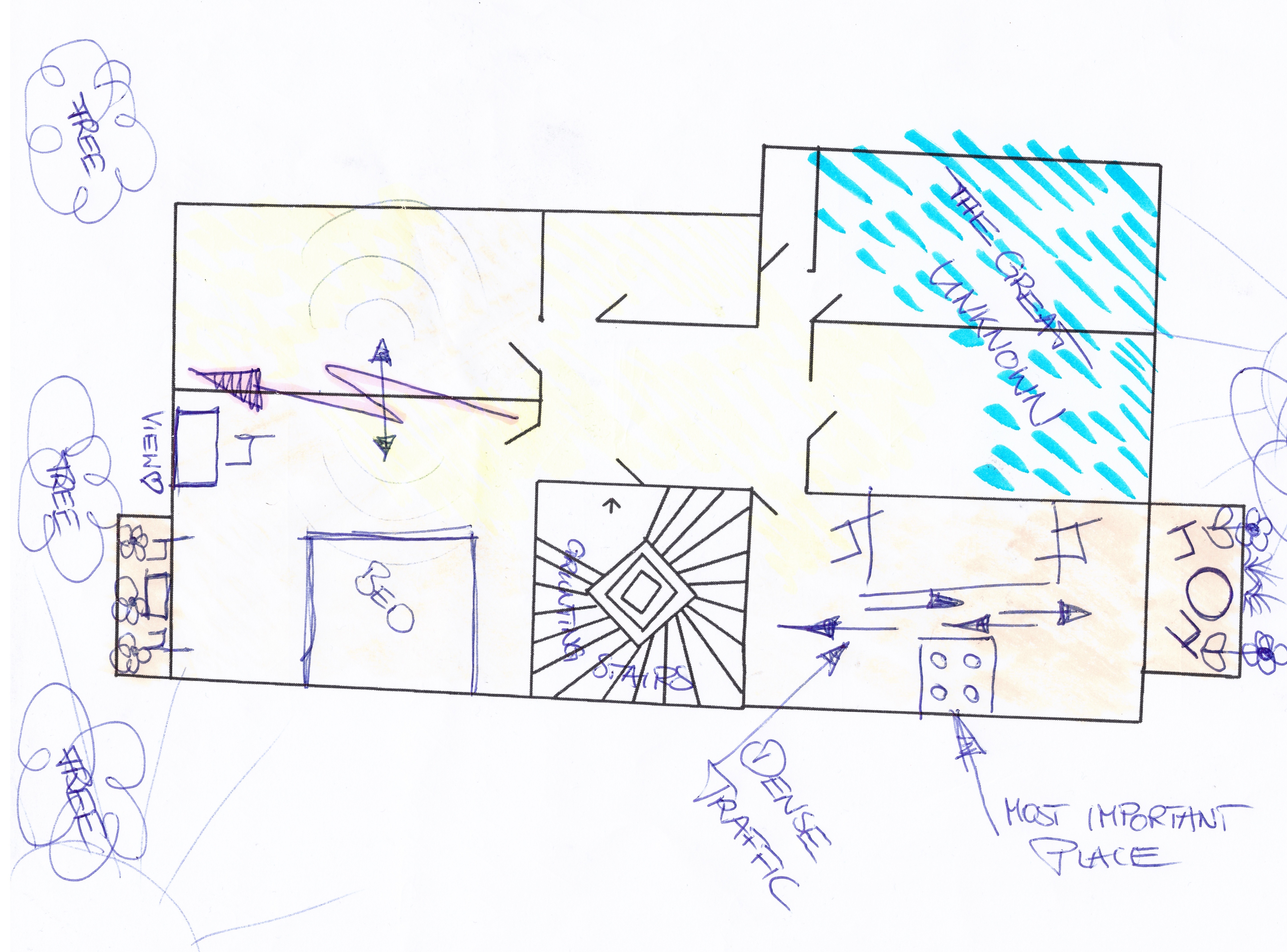

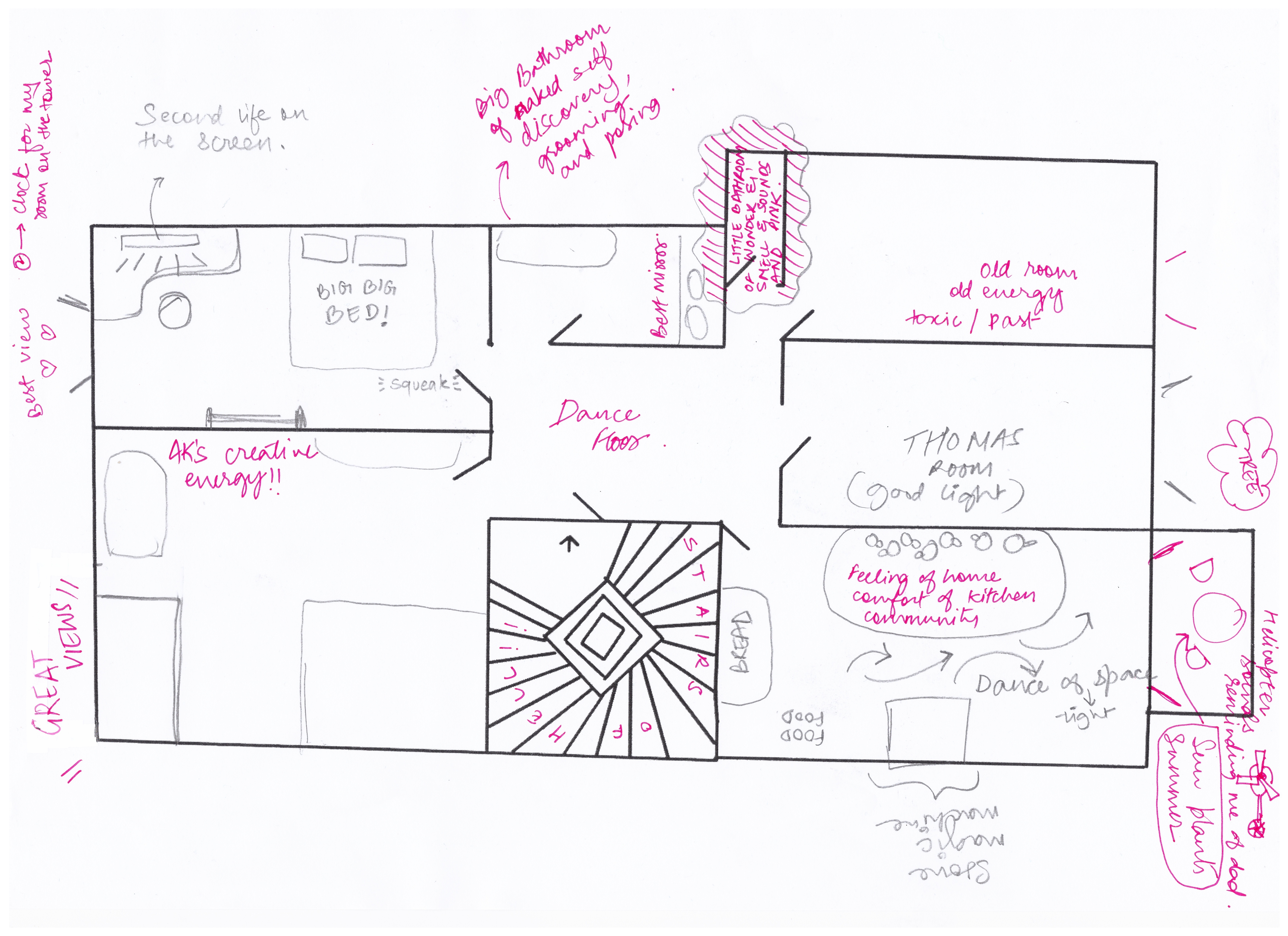
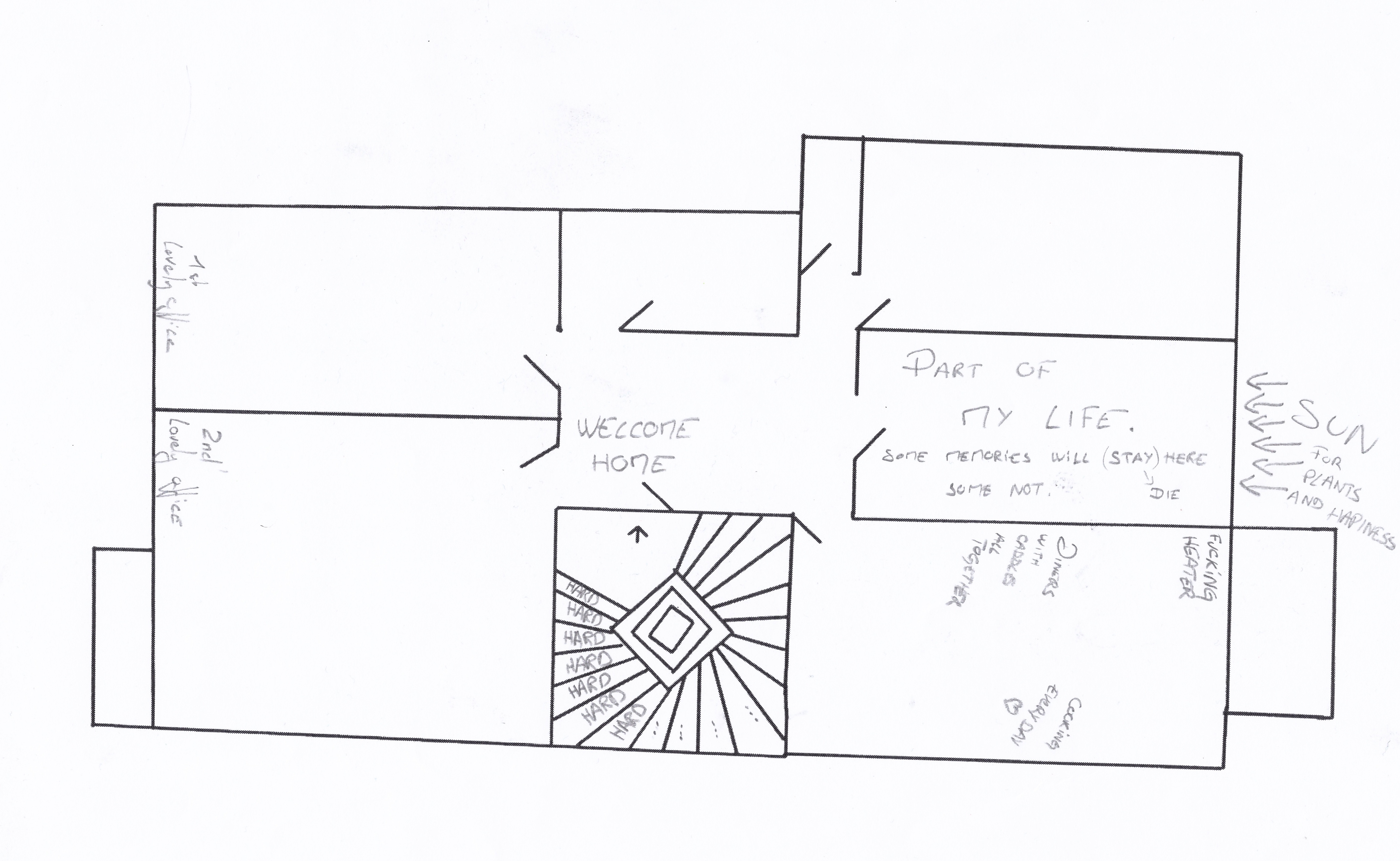
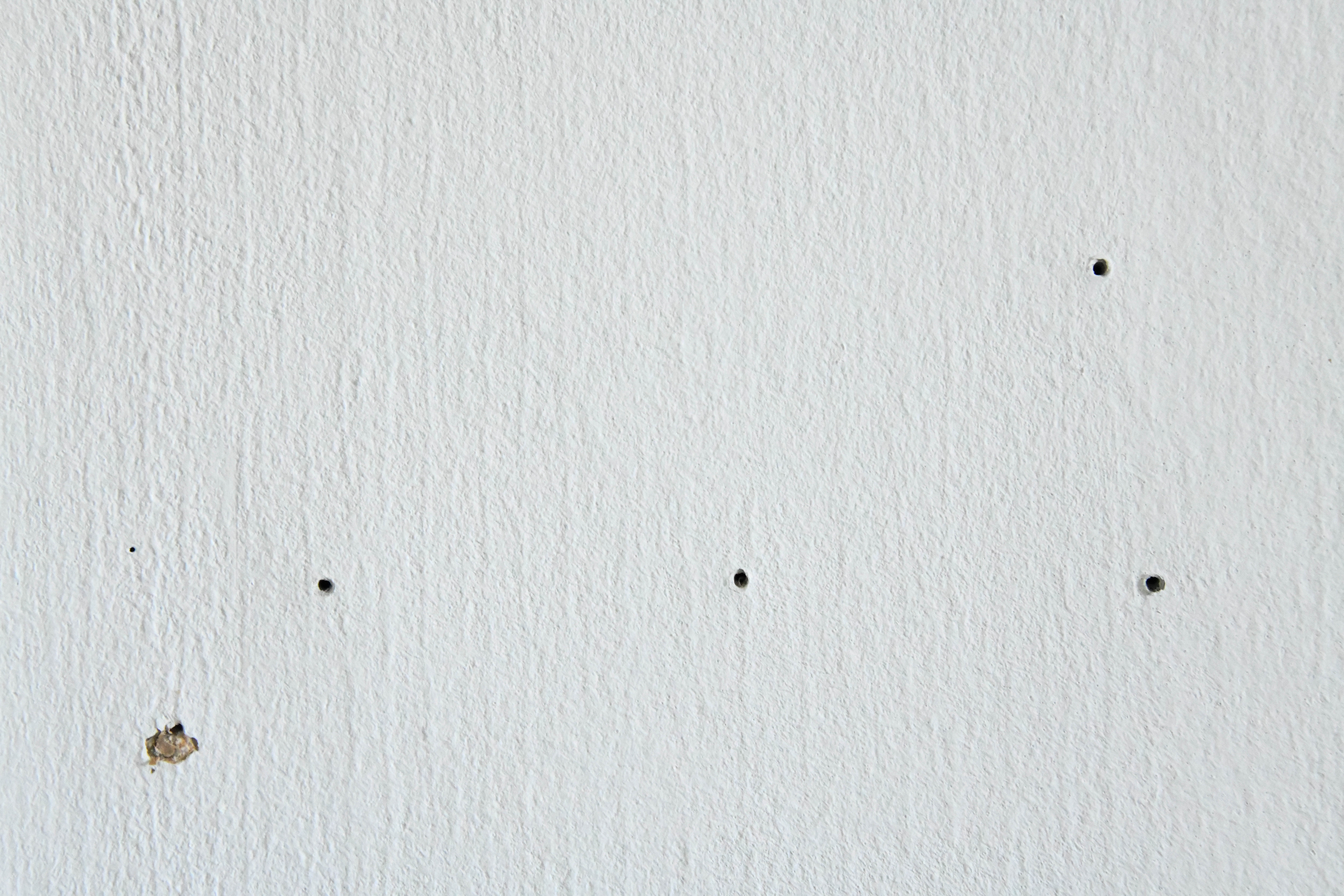



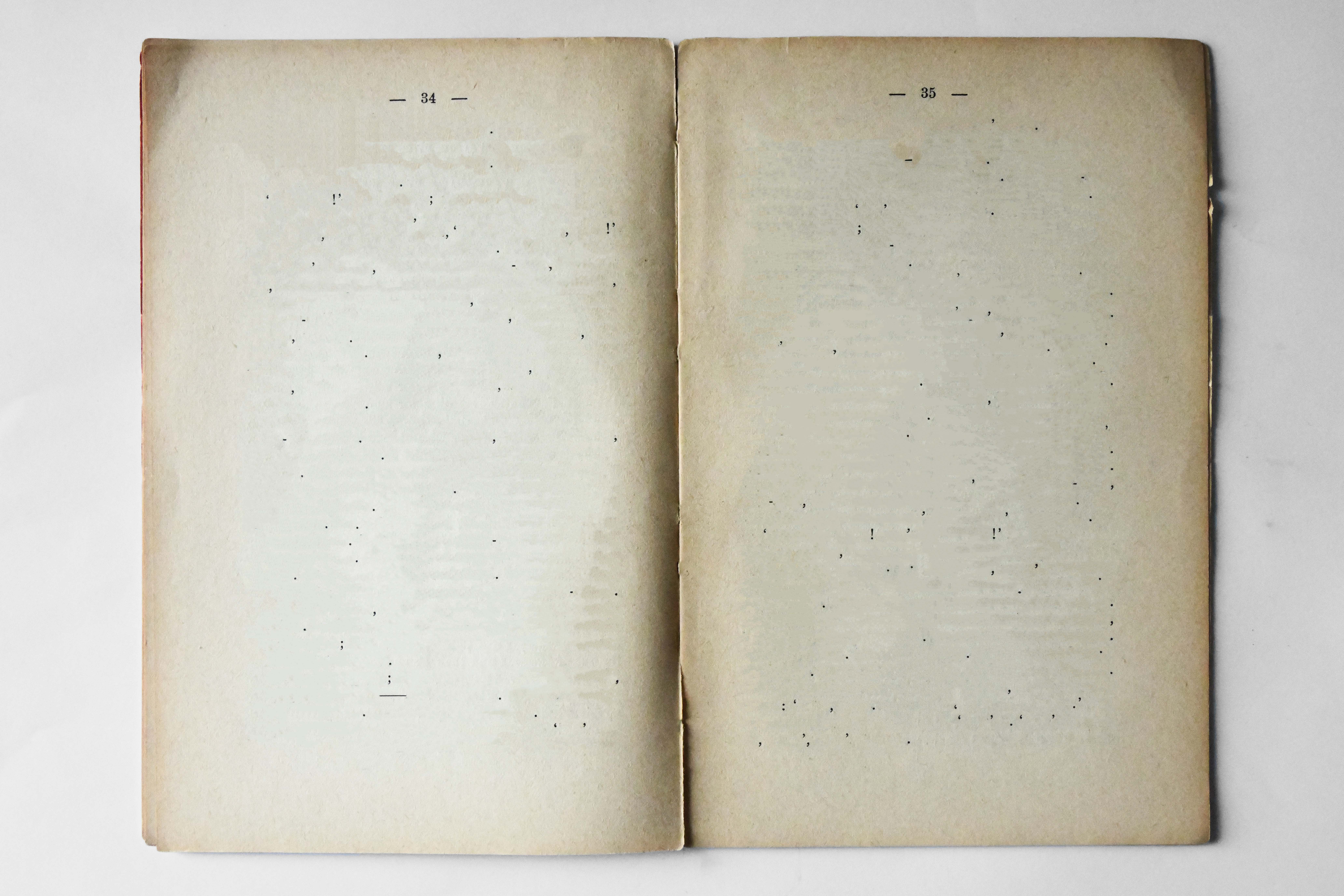



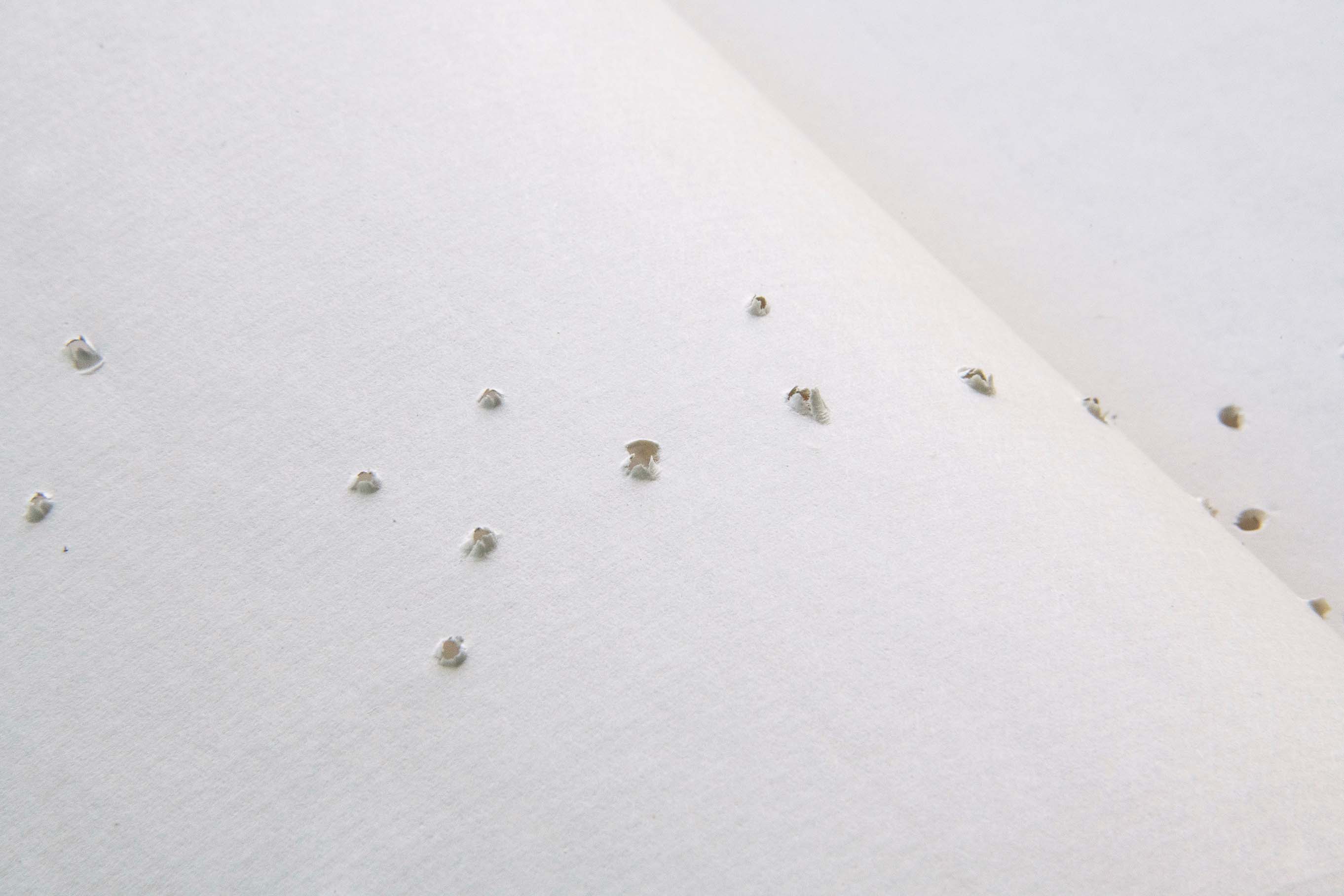



Experiment 01
Each house of the building has the same floorplan but it inhabits a completely different life. I was interested to know how each person understands the same space.
For this I created a rough blueprint of our house and asked the people to write, draw or mark out their most and least favourite spots, hot and cold zones, memories & moments etc.
The result of this experiment reinforced Bachelard’s text. Additionally, this helped me gather data about the domestic life in each household.
Each house of the building has the same floorplan but it inhabits a completely different life. I was interested to know how each person understands the same space.
For this I created a rough blueprint of our house and asked the people to write, draw or mark out their most and least favourite spots, hot and cold zones, memories & moments etc.
The result of this experiment reinforced Bachelard’s text. Additionally, this helped me gather data about the domestic life in each household.
Experiment 02.1
The walls of the building are full of marks and traces left behind by tenants who lived before us. I’m interested to capture these “ghosts” of the past that still live among us in the present.
These traces have no function. They remain lifeless in the surface of the walls but they do indicate proof of life.
The patterns on the walls of these marks leave the viewer with their own imagination to think of “what might have been”
The walls of the building are full of marks and traces left behind by tenants who lived before us. I’m interested to capture these “ghosts” of the past that still live among us in the present.
These traces have no function. They remain lifeless in the surface of the walls but they do indicate proof of life.
The patterns on the walls of these marks leave the viewer with their own imagination to think of “what might have been”
Experiment 02.2
Abstracting the architecture of a building to that of a book. What happens when the book is stripped of its content and only the parts which give the text structure remain?
Without the content, we only see markings that give us some idea of the structure of the text.
Similar to the markings on the walls in experiment 02.1, it is upto the viewer to build and imagine their own narratives.
Abstracting the architecture of a building to that of a book. What happens when the book is stripped of its content and only the parts which give the text structure remain?
Without the content, we only see markings that give us some idea of the structure of the text.
Similar to the markings on the walls in experiment 02.1, it is upto the viewer to build and imagine their own narratives.
Experiment 02.3
I drew the markings on the wall onto a book and quite literally hammered nails into the book. This allowed me to understand traces better. Additionally it also opened new archival possibilities.
Using a book as medium allowed me to unfold the multi-layered nature of a space. The traces on the walls don’t just exist on the surface but extend themselves outside the container. The holes hammered on these books allow me to quite literally turn the page and view the inside or back of the wall.
I drew the markings on the wall onto a book and quite literally hammered nails into the book. This allowed me to understand traces better. Additionally it also opened new archival possibilities.
Using a book as medium allowed me to unfold the multi-layered nature of a space. The traces on the walls don’t just exist on the surface but extend themselves outside the container. The holes hammered on these books allow me to quite literally turn the page and view the inside or back of the wall.

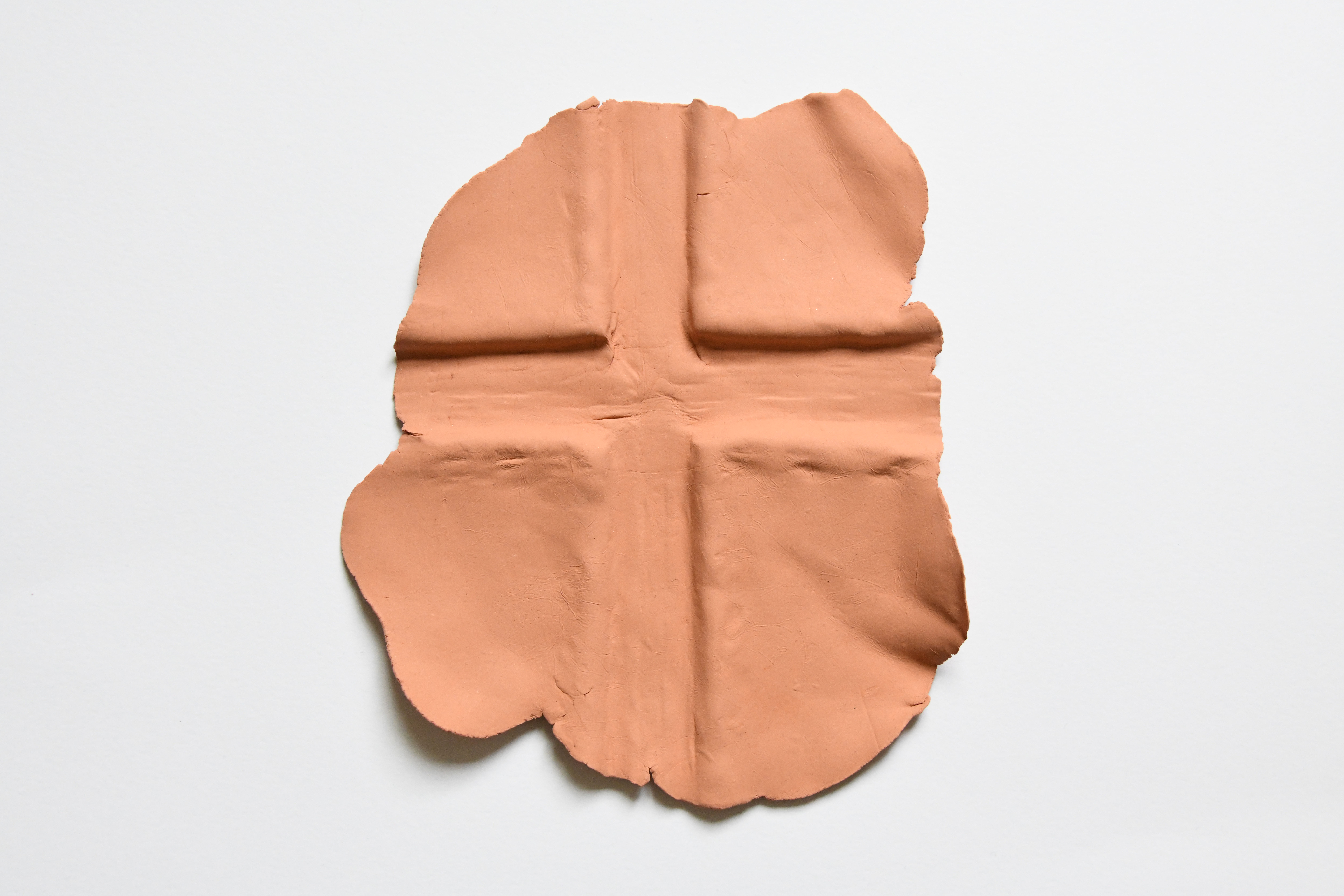

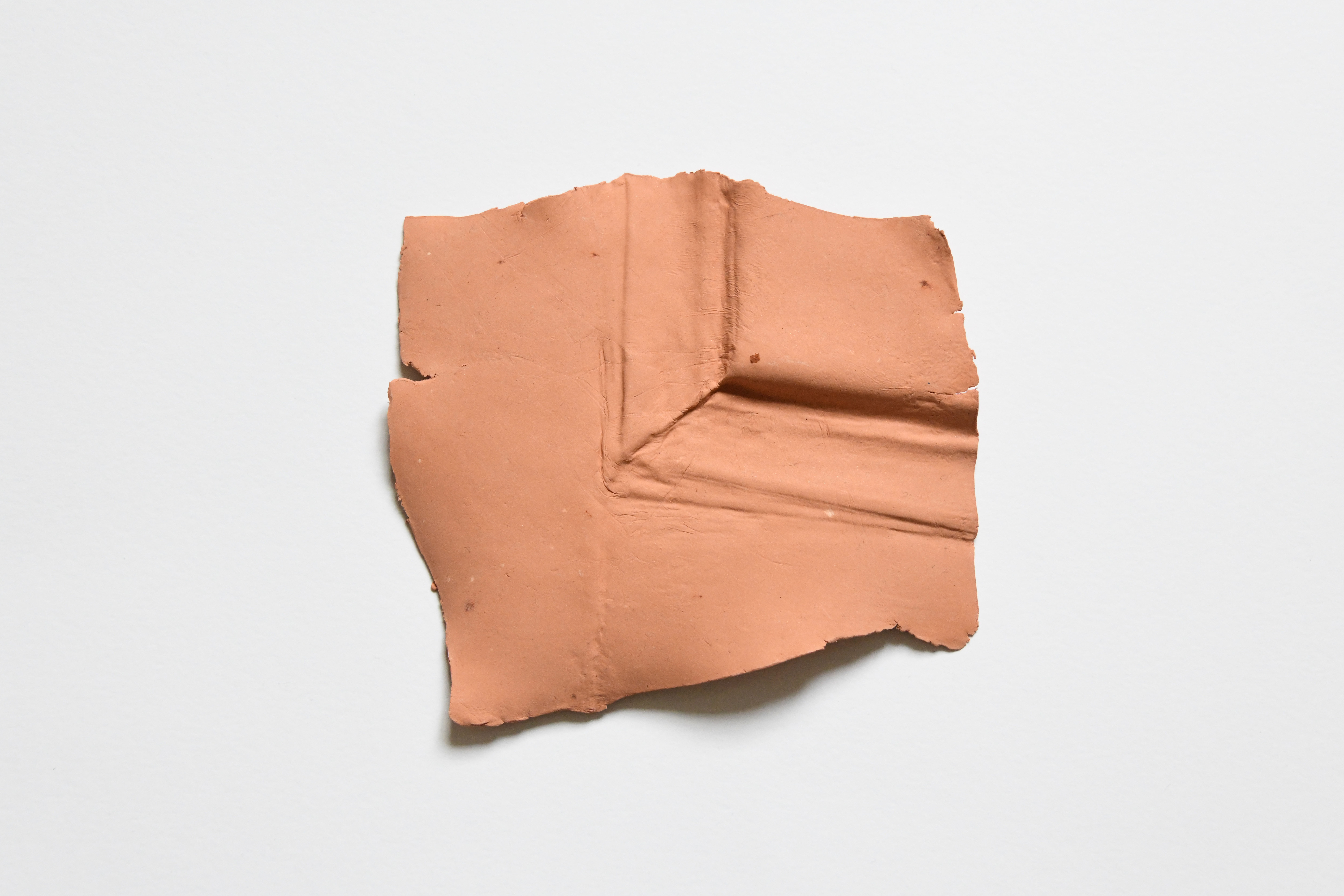

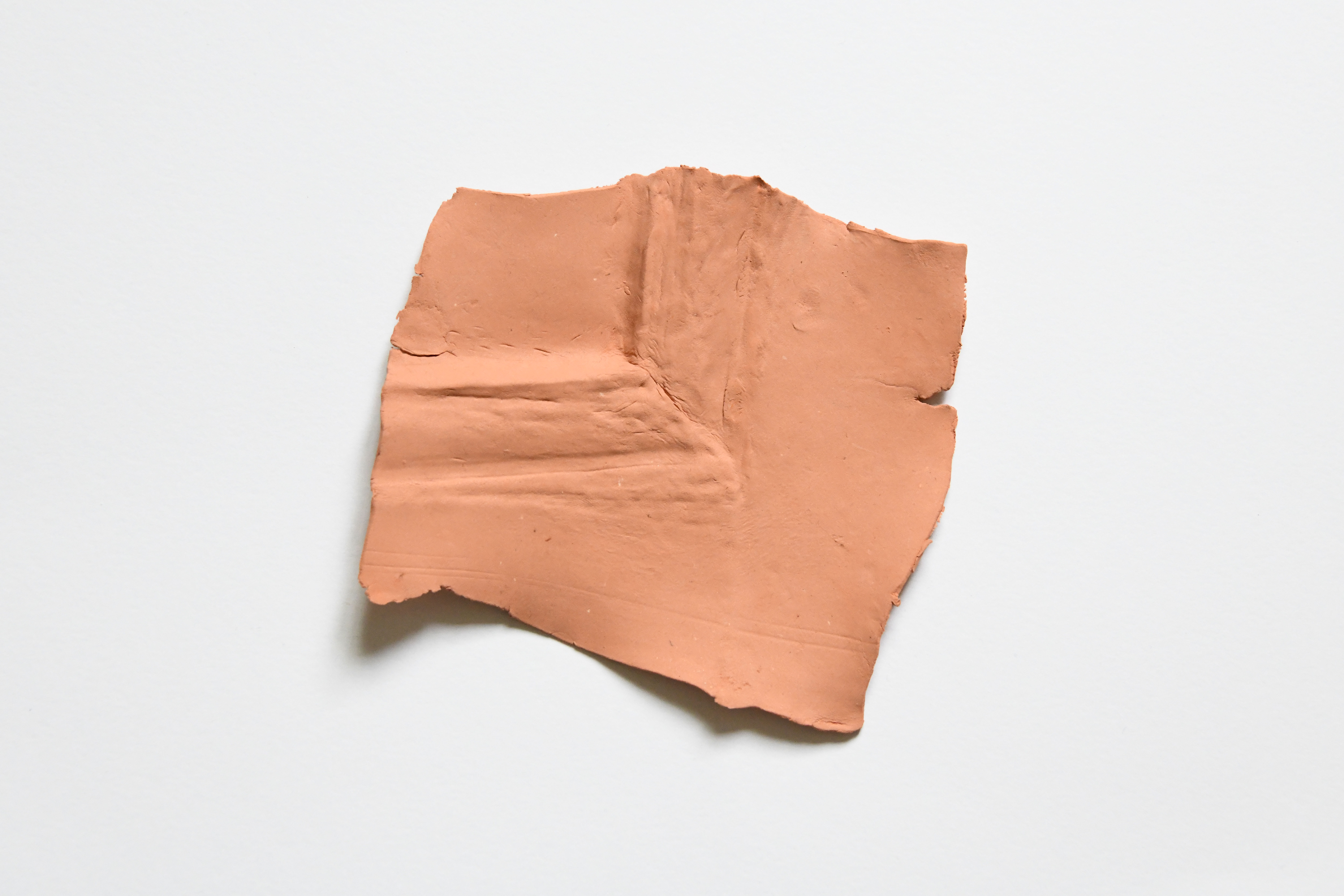











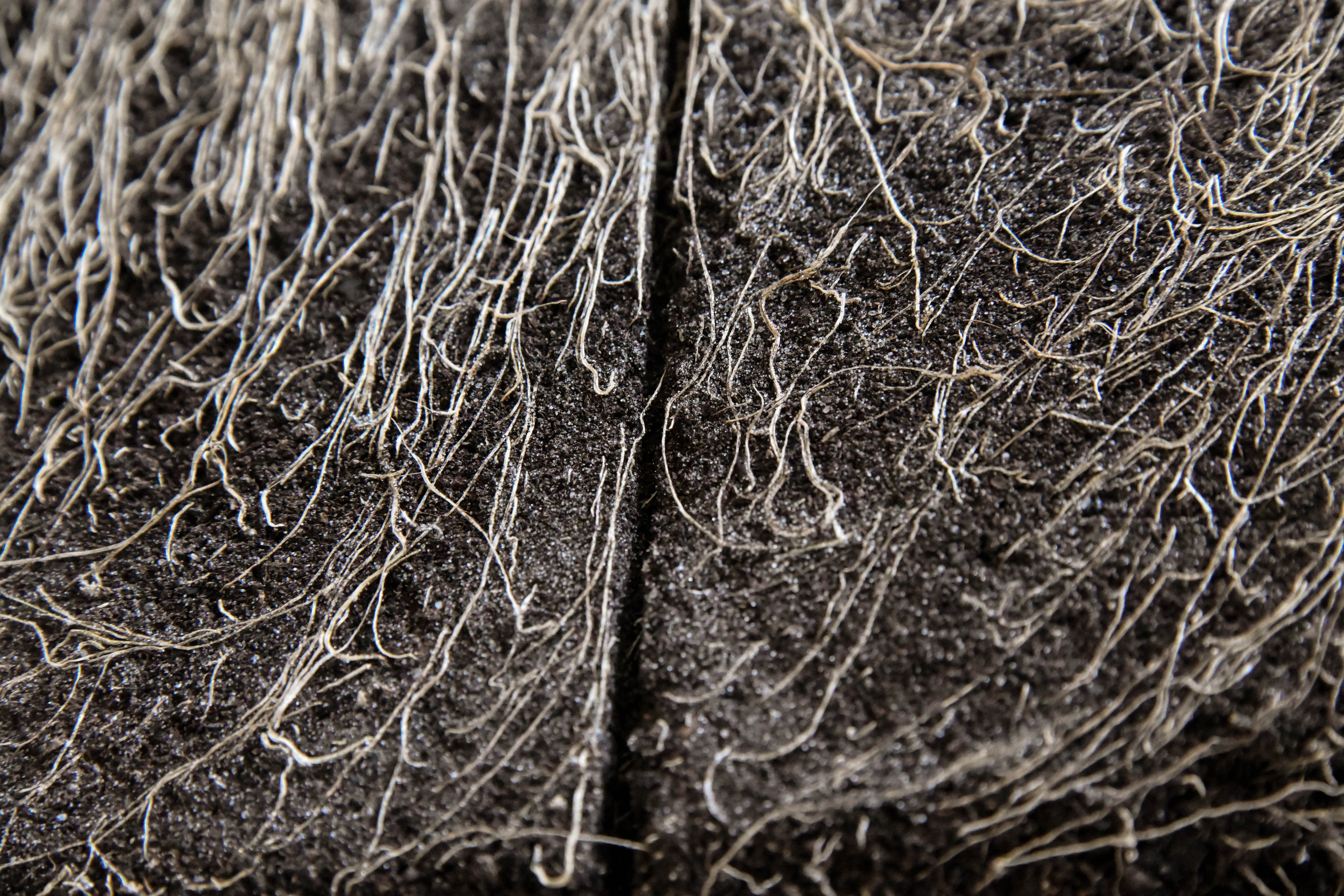



Experiment 04.1
Using clay to capture a small fragment of a larger whole. Capturing features of the space using clay allows me to retain dimensionality, scale and a haptic sense of space.
A library of fragments that allow me to capture and archive the space. These do not reveal the actual space but only a small moment/feature of it.
Like the previous experiments, this again allows the viewer to imagine what the actual space would have been.
I realise that it is important to have enough space for interpretation and to draw parallels to one’s own home as it is something that concerns every being.
Using clay to capture a small fragment of a larger whole. Capturing features of the space using clay allows me to retain dimensionality, scale and a haptic sense of space.
A library of fragments that allow me to capture and archive the space. These do not reveal the actual space but only a small moment/feature of it.
Like the previous experiments, this again allows the viewer to imagine what the actual space would have been.
I realise that it is important to have enough space for interpretation and to draw parallels to one’s own home as it is something that concerns every being.
Experiment 04.2
Curious to extend the idea of collecting fragments, I use TrueDepth camera system to create 3D scans of the space.
The final output is an exciting ‘fragment’ of real-time space, depth, light, colour and spacial features that are captured quite artistically.
These fragments almost appear out of momory and have a “dream-like” quality to them.
Compared to the analogue Experiment 3.1, it’s interesting to observe how the two mediums render themselves.
Curious to extend the idea of collecting fragments, I use TrueDepth camera system to create 3D scans of the space.
The final output is an exciting ‘fragment’ of real-time space, depth, light, colour and spacial features that are captured quite artistically.
These fragments almost appear out of momory and have a “dream-like” quality to them.
Compared to the analogue Experiment 3.1, it’s interesting to observe how the two mediums render themselves.
Experiment 5
Abstracting the idea of the house being a ‘container’ and the inhabitants are the ‘contained’. I was curious to find ways to depict the relationship between the two. I discovered this while gardening at home when I pulled out dead plants from their pot.
This experiment revealed the delicate relationship between the container with the contained. The roots of each plant have grown organically through time adhering to the physcial constraints of the container.
The act of uprooting something plays on larger schemes of displacement and the graphic nature of this uprooting captures the complexity of such process.
I am now left wondering; To what extent do we shape our homes and how much do they shape us?
Abstracting the idea of the house being a ‘container’ and the inhabitants are the ‘contained’. I was curious to find ways to depict the relationship between the two. I discovered this while gardening at home when I pulled out dead plants from their pot.
This experiment revealed the delicate relationship between the container with the contained. The roots of each plant have grown organically through time adhering to the physcial constraints of the container.
The act of uprooting something plays on larger schemes of displacement and the graphic nature of this uprooting captures the complexity of such process.
I am now left wondering; To what extent do we shape our homes and how much do they shape us?
Experiment 6
My experiments are often a direct response to Gaston Bachelard’s text in the Poetics of Space. As I dove deeper into the subject, the book for me turned into an artefact of it’s own.
I unscrew the handle from my kitchen drawer and screw it into the book. The pages are now stuck together but it now brings out new questions. Where is the handle from? Why is it in the book? What about the drawer without the handle? Can we not open it anymore? Like this book?
The act of destroying an object to create a new one does not render the original object as useless. It takes on a new meaning - extending our understanding of the subject.
My experiments are often a direct response to Gaston Bachelard’s text in the Poetics of Space. As I dove deeper into the subject, the book for me turned into an artefact of it’s own.
I unscrew the handle from my kitchen drawer and screw it into the book. The pages are now stuck together but it now brings out new questions. Where is the handle from? Why is it in the book? What about the drawer without the handle? Can we not open it anymore? Like this book?
The act of destroying an object to create a new one does not render the original object as useless. It takes on a new meaning - extending our understanding of the subject.





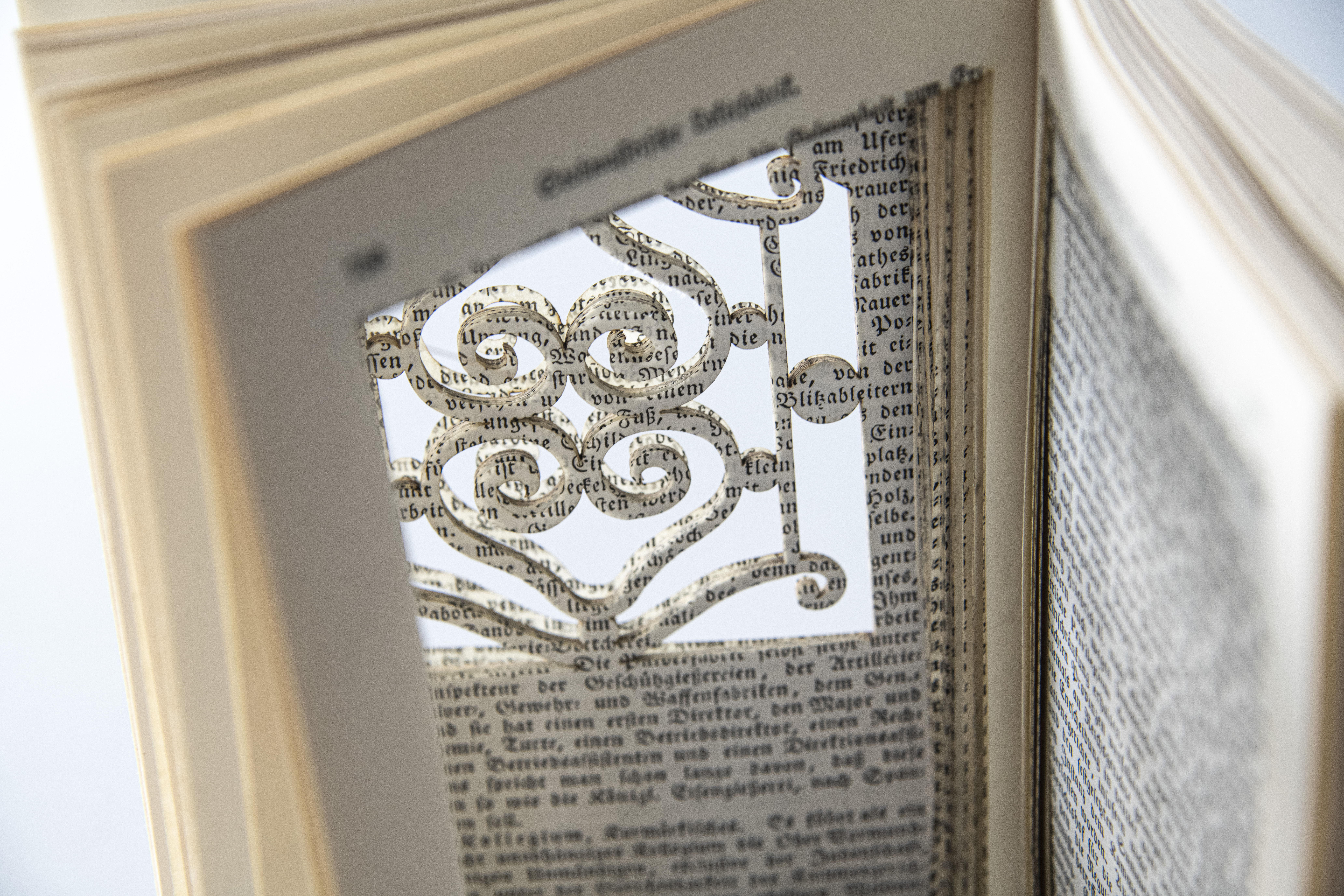








Experiment 06.1
Taking forward the insight from Experiment 03.2, seeing a book as architecture worked as a great
metaphor to bring out the complex layers that come with an intimate space.
For this I used a lazer cutter to carve spacial features into them.
Upon seeing the final outcome, I was immidiately drawn to what the lazer does to each page; sometimes burning it away and other times just leaving a trace.
The books then turn into objects with potential for multi-layered narratives.
The feeling of the book/space completely changes with introduction of natural environment. Re-enforcing the deep relation between space, time and light.
Taking forward the insight from Experiment 03.2, seeing a book as architecture worked as a great
metaphor to bring out the complex layers that come with an intimate space.
For this I used a lazer cutter to carve spacial features into them.
Upon seeing the final outcome, I was immidiately drawn to what the lazer does to each page; sometimes burning it away and other times just leaving a trace.
The books then turn into objects with potential for multi-layered narratives.
The feeling of the book/space completely changes with introduction of natural environment. Re-enforcing the deep relation between space, time and light.
Experiment 7
As I understood the relationship of the place with the people, I started to notice our everyday interaction with the objects of home. The handle on my door is smooth and almost shiney because of years of use. The stairs of the apartment sink a little in the middle - just like soap.
As I understood the relationship of the place with the people, I started to notice our everyday interaction with the objects of home. The handle on my door is smooth and almost shiney because of years of use. The stairs of the apartment sink a little in the middle - just like soap.
Experiment 8
I was experiencing my thesis everyday as I inhabited the very subject; my house. Living at home is much more than a visual experience. The house makes it’s own sounds. The old building has life of its own.
I chose to work with an audio visual route. I recorded sounds of the house/stairs/fridge and paired it with a static image.
This experience works with our active vision. The sound gives us a sense of movement; time. While the contrasting static image allows us to imagine the moment.
I was experiencing my thesis everyday as I inhabited the very subject; my house. Living at home is much more than a visual experience. The house makes it’s own sounds. The old building has life of its own.
I chose to work with an audio visual route. I recorded sounds of the house/stairs/fridge and paired it with a static image.
This experience works with our active vision. The sound gives us a sense of movement; time. While the contrasting static image allows us to imagine the moment.
Experiment 9
Playing with the possibilities of an audio-image experience using a timelapse of myself drawing. The sound of the drop is recurring and so is the drop that falls from the tap.
Playing with the possibilities of an audio-image experience using a timelapse of myself drawing. The sound of the drop is recurring and so is the drop that falls from the tap.